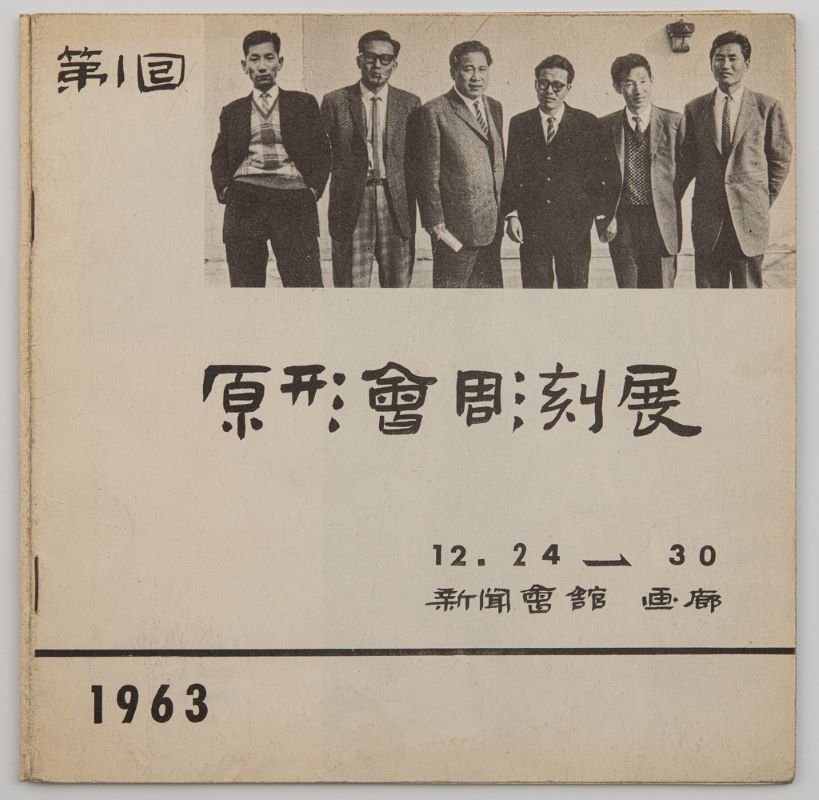
The First Won-hyung Club Sculpture Exhibition, Brochure, 1963. MMCA Art Research Center Collection
Won-hyung Club
* Source: Multilingual Glossary of Korean Art. Korea Arts Management Service
Related
-
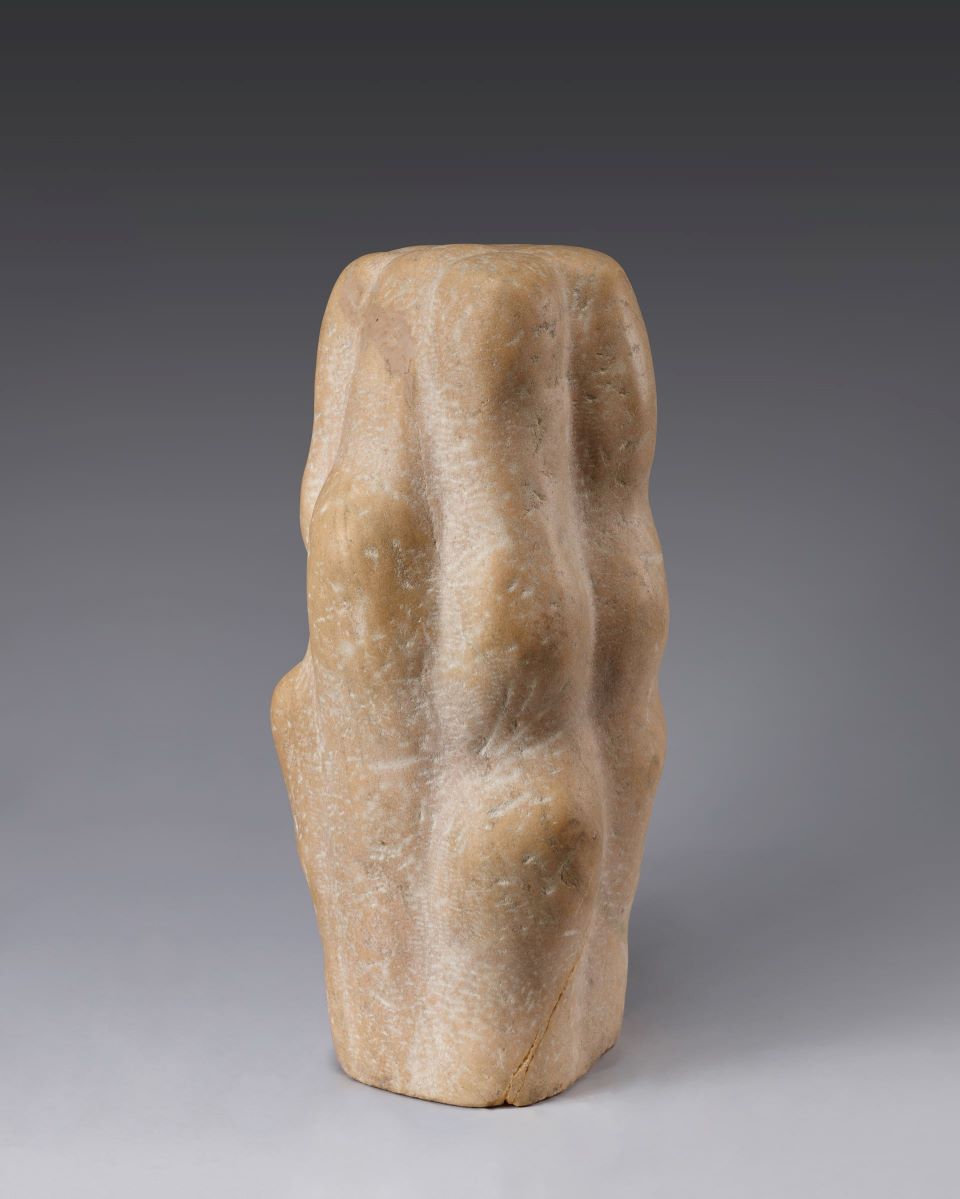
Modern and Contemporary Sculpture
The term “modern and contemporary sculpture” refers to sculptural works that go beyond conventional materials such as wood, marble, and bronze and the materialization of traditional realism, and adopts instead non-figurative representations and new materials from the industrialization era. As the development of Neo-dada, Pop Art, Minimalism, Land Art, and Conceptual Art gradually diminished the importance of genre and medium in the second half of the twentieth century, modern and contemporary sculpture became increasingly marginalized.
-
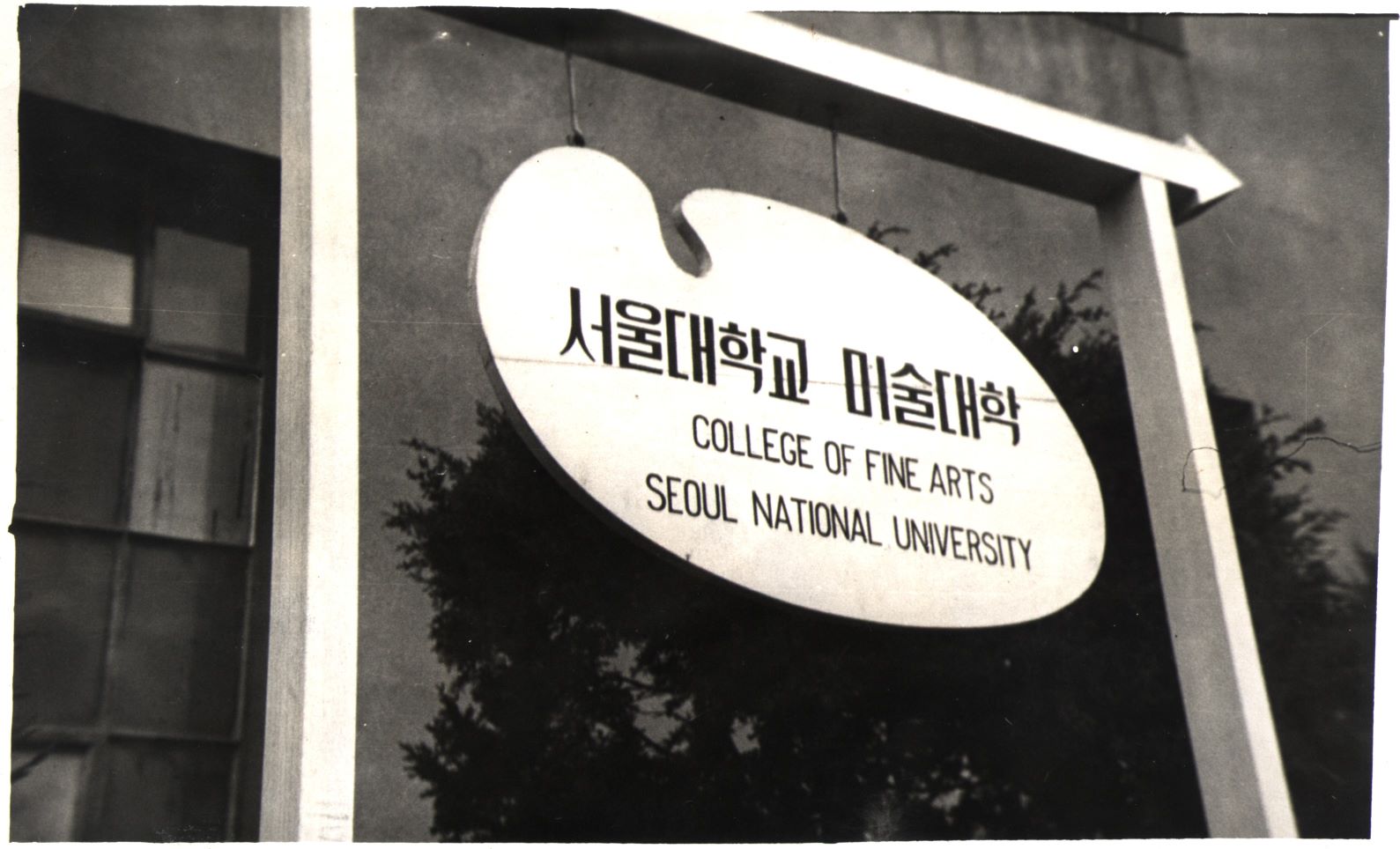
College of Arts at Seoul National University
The College of Fine Arts of Seoul National University is located in Sillim-dong, Gwanak-gu, Seoul. According to the Decree on the Establishment of Seoul National University, the College of Art including the Department of Fine Arts and the Department of Music was founded in August 1946 at Seoul National University. The Department of Fine Arts consisted of sub-departments of Painting I, Painting II, Sculpture, and Design. It was organized by Chang Louis Pal and Lee Soonsuk. Chang Louis Pal had served as head of the Education and Management Bureau in the U.S. Army Military Government in Korea (USAMGIK) in Korea since December 1945. Lee Soonsuk assumed practical tasks as an advisor to the art section of the USAMGIK from 1946 when the Education and Management Bureau was changed to the Ministry of Culture and Education. In 1946, there were nine faculty members at the Department of Fine Arts in the College of Art: Chang Louis Pal, Kim Yongjun, Gil Jinseop, and Lee Jaehun as professors; Yun Seung-uk and Lee Soonsuk as associate professors; and Kim Whanki, Chang Woosoung, and Lee Byeonghyeon as assistant professors. However, after the incident of Korean students and professors’ protest against the U.S.’s attempt to merge several colleges and universities into a single university, Kim Yongjun, Gil Jinseop, and Kim Whanki resigned. In 1954, the College of Art was reorganized into the College of Fine Arts with three departments of painting, sculpture, and applied art. The Department of Aesthetics, which had temporarily belonged to the College of Fine Arts since 1948, was transferred to the College of Liberal Arts and Sciences in 1960. In 1963, according to the relocation plan of the Seoul National University main school building, the College of Fine Arts was moved to the former veterinary department building in Yeongeon-dong, Jongno-gu. In 1972, it was moved to the liberal arts department building in Hagye-dong, Seongbuk-gu, and then in 1976, to the current Gwanak campus. In 1981, the three departments of painting, sculpture, and applied art were reorganized into the five departments of Eastern painting, Western painting, sculpture, crafts, and industrial art. In 1989, the Department of Industrial Art was renamed the Department of Industrial Design, and in 1999, the Department of Crafts and the Department of Industrial Design were merged into the School of Design. Currently, the College of Fine Arts consists of the Department of Oriental Painting, Department of Painting, Department of Sculpture, Department of Craft, Department of Design, and Interdisciplinary Programs.
-
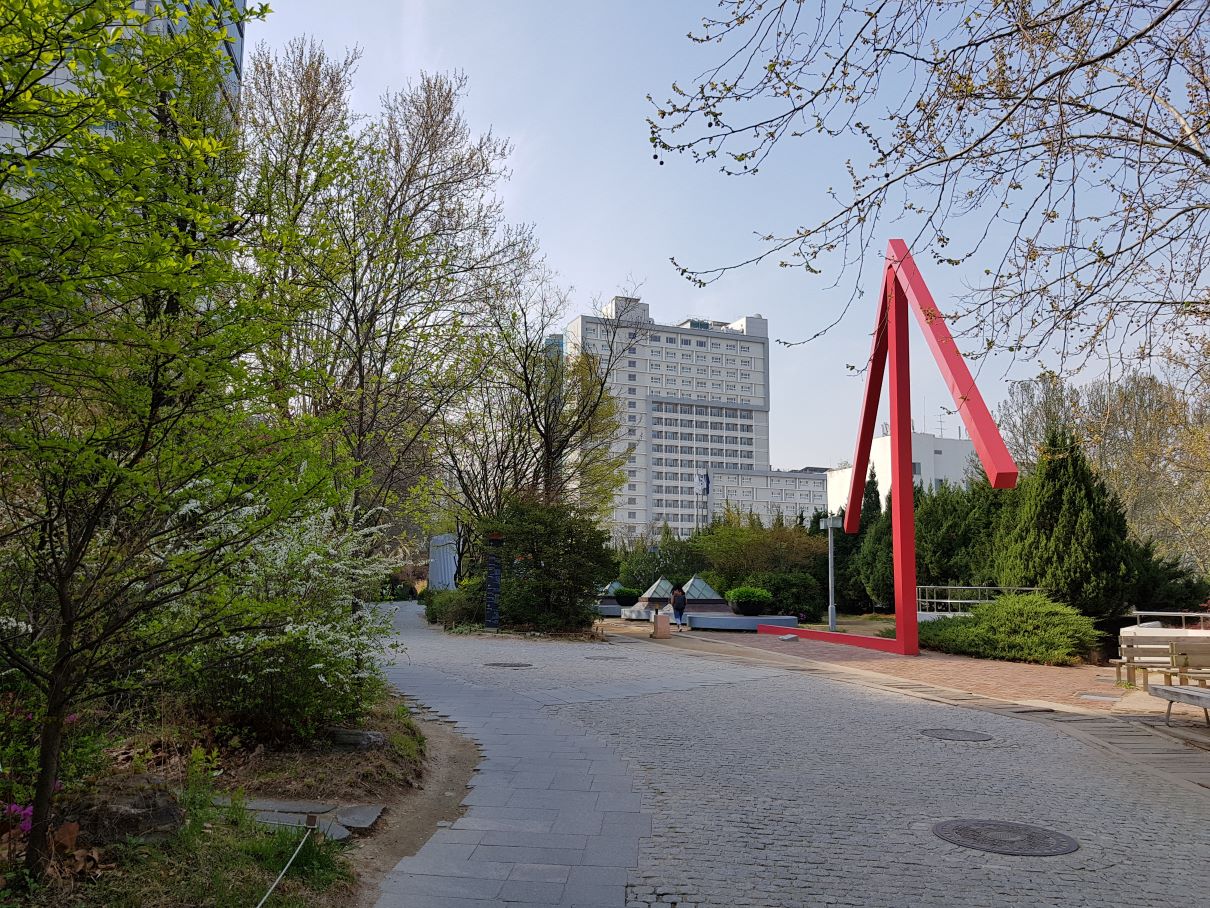
Department of Art at Hongik University
Established in 1949, the Department of Art at Hongik University consists of one art theory department and eleven practice-based departments, including painting, Oriental painting, printmaking, sculpture, woodworking and furniture design, metal art and design, ceramics and glass, textile art and fashion design, visual communication design, and industrial design. In 1955, it moved from Jongro-gu, Seoul to the current location in Sangsu-dong, Mapo-gu, Seoul. The history of the College of Fine Arts can be largely divided into the period of the Department of Fine Arts from 1949 through 1953, the period of the School of Fine Arts from 1954 through 1971, and the period of the College of Fine Arts from 1972 until now. In March 1953, the Department of Fine Arts produced the first six graduates, and in the following year the School of Fine Arts with three departments was established. In December 1971, it was upgraded to a college, which exists up to the present. Several exhibitions organized by its graduates are notable, including the Four Artists Exhibition held in 1956 as the first anti-National Art Exhibition (Daehanminguk misul jeollamhoe or Gukjeon) by the third and fourth classes of graduates and the Union Exhibition of Korean Young Artists held in 1967 by graduates from the 1960s as an effort to realize experimental art.
Find More
-
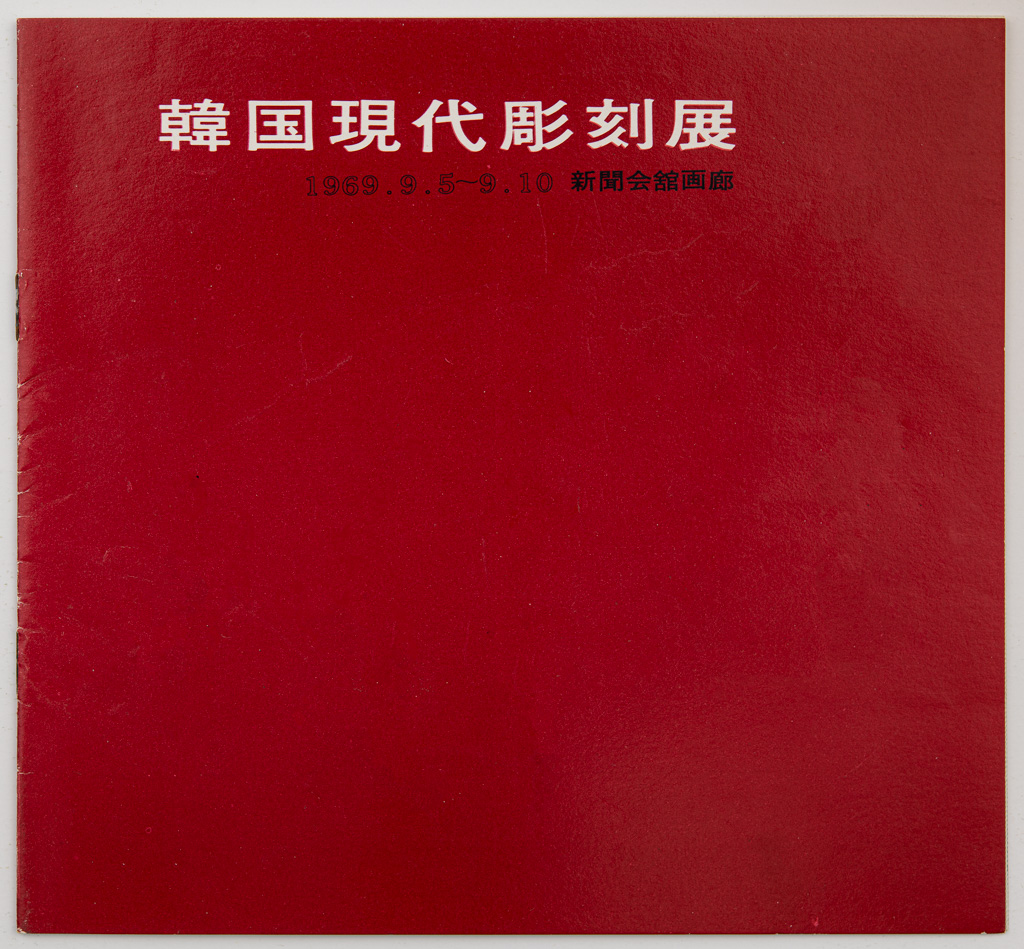
Korean Contemporary Sculpture Society
An art organization formed in 1969 by alumni of the Hongik University Department of Sculpture, including Kim Chanshik, Choi Kiwon, Kim Youngjung, Lee Seung-taek, Park Suk-won, and Cho Sungmook. The society advocated for “a site of the new generation, a turbulent globality,” and it sought to experiment with sculpture using different styles and content to reflect the changes of the time. After the inaugural exhibition 1969 at Press Center of Korea Gallery, the group held one or two exhibitions each year, choosing a young artist and providing support so that he or she may hold an exhibition.
-
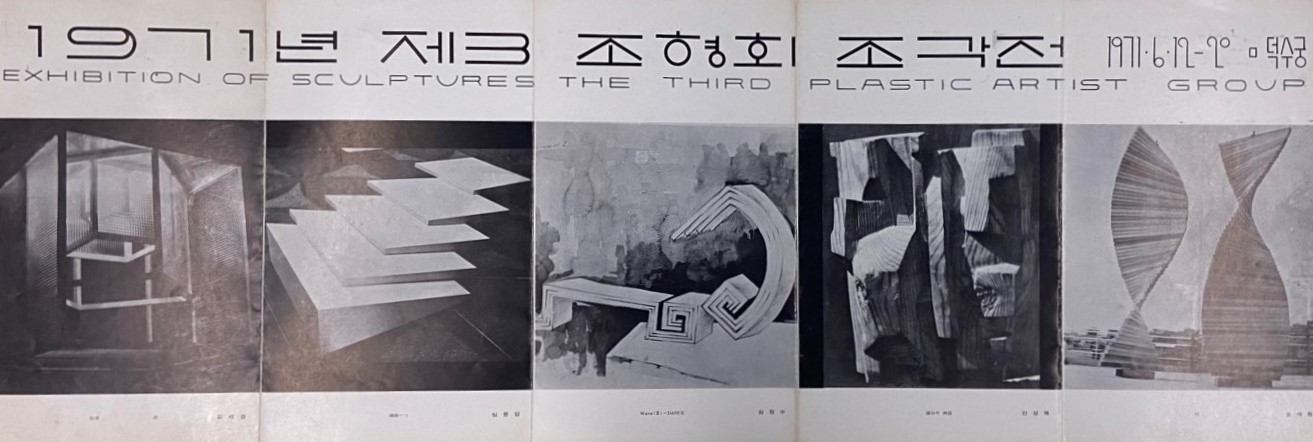
Third Sculpture Society
The Third Sculpture Society was organized by a group of sculptors that were Seoul National University alumni in 1969. Kim Sekyung, Son Pilyeong, Shim Moon-seup, Shim Jungsoo, Ahn Sungbok, Oh Sewon, Jang Dosu, Jang Jeongnam, Jeon Jun, Choe Myeongryong, Han Giok, and Hwang Inu were the founding members. The group hosted an inaugural exhibition at Sinmun Hall from August 9 to 15, 1969. The group claimed that “We do not pursue any -ism or ideologies but rather an independent art world based on an author’s own content and style.” For this, they used diverse materials, such as plastic, sponge, and marble. They orchestrated an outdoor exhibition in Deoksugung Palace garden from June 12th to 20th, 1971 before they disbanded.
-
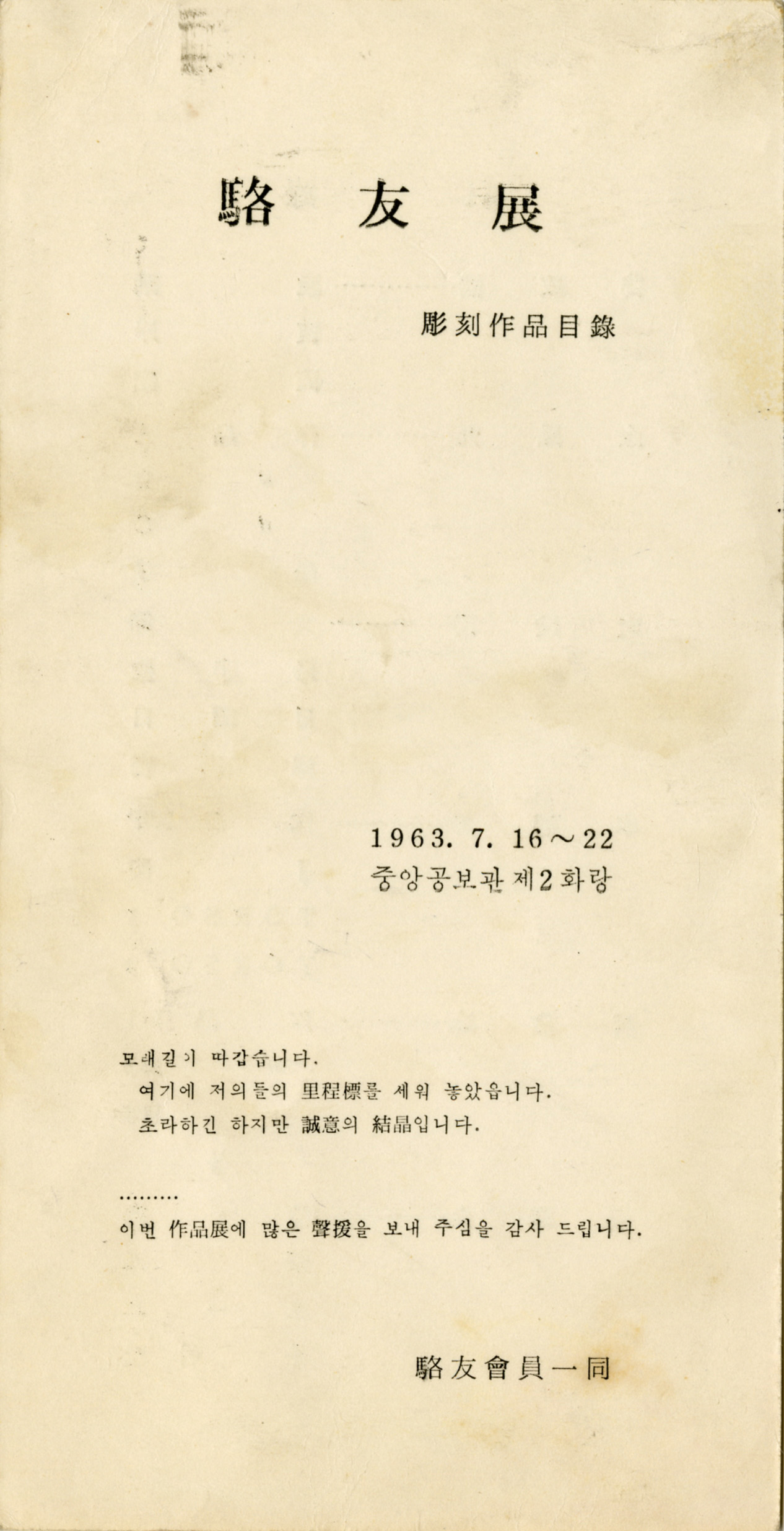
Nakwoo Sculptors Society
A group formed in 1963 by sculptors who were alumni of the Seoul National University College of Fine Arts. The name “Nakwoo” combines “Nak” from Naksan, a mountain behind the college building in Dongsung-dong, and “Woo (éÒ),” which means friend. The group began accepting sculptors who were not alumni of Seoul National University in 1984, and the name changed to the Nakwoo Sculptural Society.






